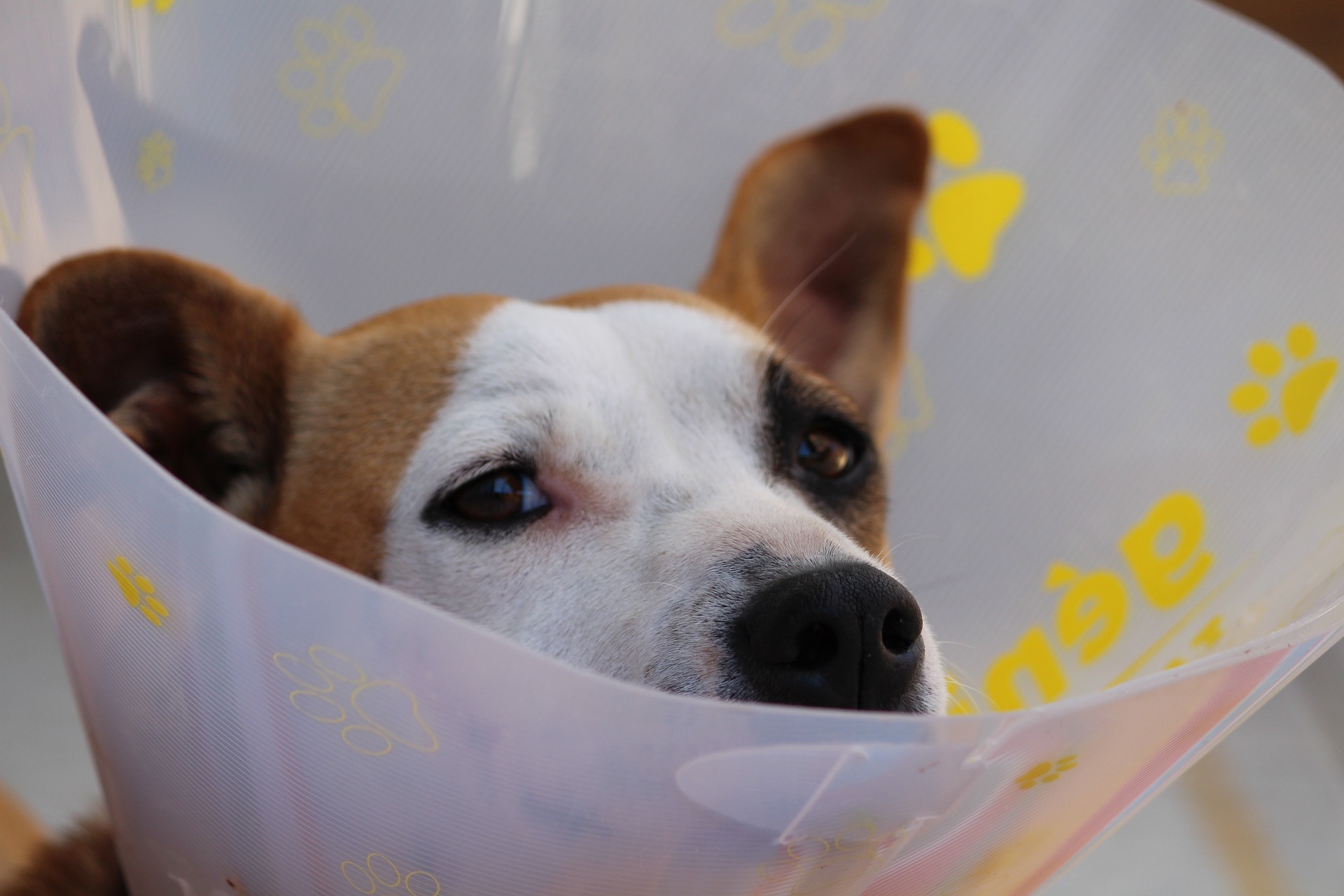First aid is a valuable set of knowledge and basic skills to guide you when you find yourself or others in an emergency situation. In the same way that there are specific tactics to use on infants, children, and adults, you should know different methods to aid your dog when a situation goes awry. Canine first aid may not be at the top of your mind, but you should consider these basics to keep your dog safe.
- Have a first aid kit on hand: First aid kits for dogs contain many of the same items that a human first aid kit does, with the addition of a few pup-specific ones. Your canine first aid kit should contain antibiotic spray or ointment to treat any cuts or scrapes; cooling cream for treatment of burns; sterile pads, cotton and/or gauze to cover any wounds; self-adhering bandages to wrap the wound (since dogs will often rip off regular bandages); scissors; tweezers for ticks or briars; a towel to help stop any bleeding or cover a dog’s eyes to keep them calm; and an appropriately-sized Elizabethan collar to keep your pup from licking any injuries.
- Contact a professional: In an emergency, get your dog’s vet on the phone immediately. Since they have a relationship with you and access to your pup’s medical history and current prescriptions, they can quickly offer personalized advice. Most veterinary clinics have a doctor on call after business hours; however, if it is the middle of the night, they will likely refer you to a 24-hour emergency clinic. The ASPCA Animal Poison Control Center is another good number to have saved. They will be able to provide immediate advice when Fido consumes something he shouldn’t such as toxic plants, dangerous foods, or harmful household chemicals.
- Know some first aid skills: While waiting to speak with a professional on the phone, it can help to know some basic response methods for various injuries.
- Choking: Open their mouth and remove the obstruction if you can see it and reach it. If you cannot, you will perform the Heimlich maneuver. For a small dog, lay them on their back and push with firm upward motions on their belly, just under their rib cage. With a large dog that is standing, grip them around the abdomen and push up and forward with your hands in a fist just beneath their rib cage, almost as you would with a person. If they are on their side, use one hand to create the upward thrusts with the other hand on their back.
- Heat stroke: Signs of heat stroke include excessive panting, lethargy, and drooling excessively. Move the dog to shade and continuously apply cool water over their body. Allow them to drink cool water if possible.
- Seizures: It is crucial that you prevent your dog from hurting itself while seizing. Gently comfort your dog, and put something soft under their head. Time the seizure if possible; it’s length will provide clues to the vet about the underlying cause. If the seizure lasts longer than 2-3 minutes, cool your dog with wet towels and bring them directly to the vet.
- Burns: Immediately immerse or cover the burn with cool water. Cool for at least 10-15 minutes before dressing it with dry gauze and light wrapping. Call your vet for specific information on treatments to prevent infection.
Our dogs are cherished members of the family, Knowing some canine first aid is a great way to ensure that they have their best chance at a full recovery should an accident occur.
Gulf Coast K9 Dog Training is committed to the health and safety of your dog – and that includes making sure that they are well trained. A dog which has been taught obedience is far less likely to get into trouble – call us today for a tour and more information about Sarasota and Bradenton obedience classes.





